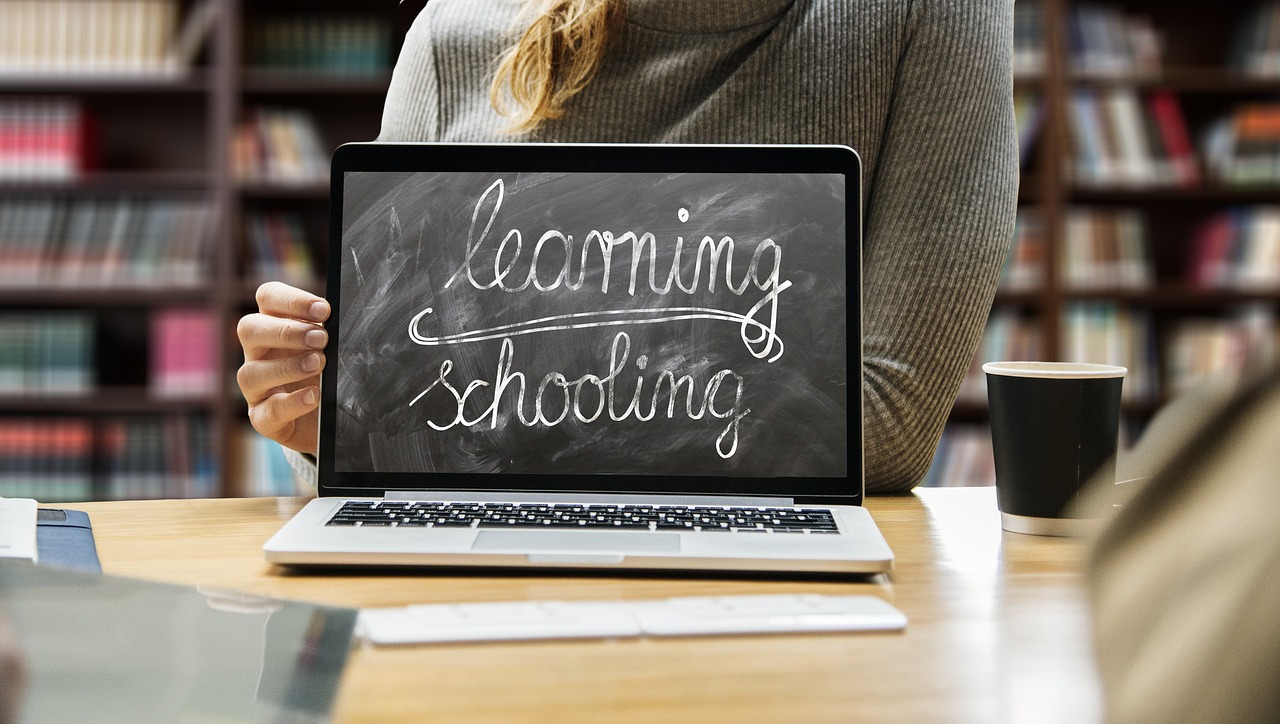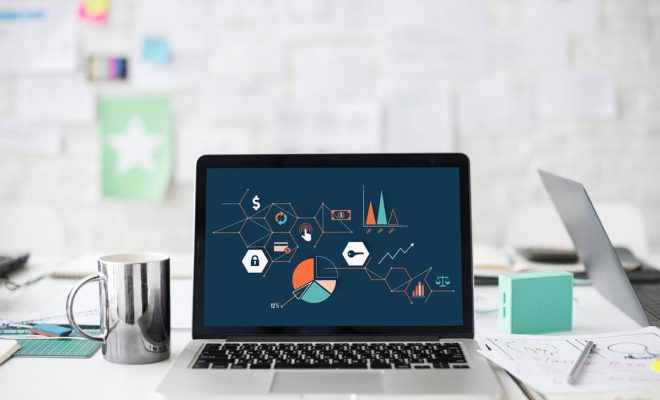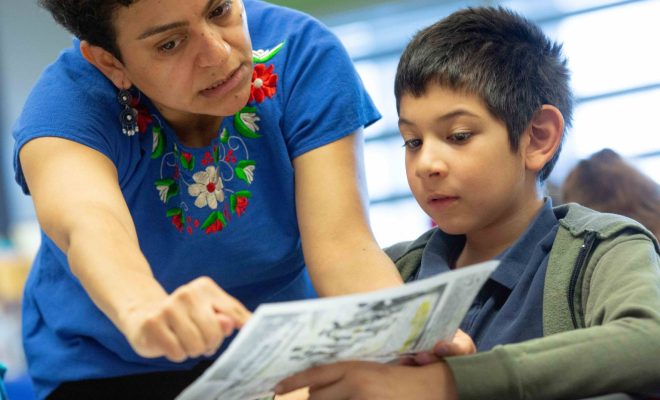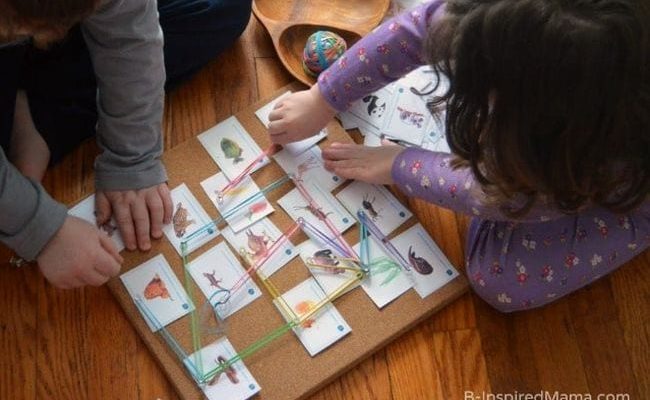Improving Student Learning Outcomes

A test or a quiz is the method most educators use for learning appraisal: high grade=Pass, Low grade=Fail (or close to failing). With numerous strategies available to boost learning outcomes, expanding our approach to include a much broader range.
Rapid technological advancement has positively influenced learning—gone are the days of mechanically poring over textbooks for all necessary information. Information is just fingertips away, so teaching and learning outcomes must be improved. If the possible learning outcomes from fifty years ago no longer apply, why should educators’ strategies remain the same?
Consider these learning outcome strategies:
Flipped Classroom: The goal of a flipped classroom differs from a traditional class. The students watch a visual representation on the eve of the class. The next day, the teacher has prepared more profound learning activities to flesh out the understanding already acquired from watching the video. Thus, the teacher’s role becomes more like a Socratic coach, guiding the students to understand while working out ideas and problems. This method is quite interesting. It gives students a more active role in the learning process than traditional classes. It means they don’t just get to sit and wait until knowledge is dictated to them in its processed form. In this case, they are willing participants. They dissect, analyze and break down the information presented to them. They will debate and compare processes until they finally arrive at a conclusive position. The teacher is only there to guide as carefully as ever and ensure all parties stay on course.
Brain breaks: There is a point at which the human brain becomes saturated and can no longer focus. At this point, class attention span and engagement are low. Planning brain breaks during the course is the best way to combat this. Educators can break the lesson into bits so that the quiet engagement times are minimal. This can mean solving a quick word problem 20 minutes into the class, solving riddles related to the teaching, or engaging in a brief exercise. It is a very important strategy to incorporate into a teacher’s plans. To continue to overwhelm the brain with loads and loads of information is to comprehensively waste the time and energy of everyone involved. Once the brain gets to that point, learners can learn nothing or, most importantly, they can remember nothing. Educators should implement this strategy on an age appropriateness basis. Students of different age groups have varying brain saturation points. It is best to find out what works for a particular class and what does not.
Use technology: As said earlier, technology is very important in society today. Children are in tune with it. Most children can comfortably operate technological devices and applications without adult supervision. The school must take advantage of this to teach the kids in their natural habitat. Recommend tutorials or instructional videos. Use the iPad to connect everyone online together. Download and install apps that aid practice.
Change up the scenery: Teaching can make a difference. Observe outdoors teaching for some class periods. Discuss while eating ice cream in the lunch area. Changes in routine break the chain of monotony and reinforce engagement from the students. When you switch things up like that, you introduce an element of unpredictability that keeps students on edge and gives them a reason to remember that class while also giving them memories to cherish.
Try microlearning: Scientific inquiry has established that the brain can only take in 5-9 facts before storing them in memory or forgetting. Do not overload the brain with too much information. Let each lesson build on the previous one to teach an overall concept. And each class must work toward a learning goal.
One evident learning outcome trend is self-directed learning, where students are responsible for their education. It involves teaching what they know to a classmate or setting up a self-test to predict probable questions from the teacher.
Another fantastic technique is called “orchestrated immersion.” The “belief that skills and concepts should be pre-taught, introduced, explained, applied, discussed again. Next, everything will be summarized at the end of the day or week (by the students).”
The following week, the skills and concepts should be reviewed using all learning modalities (auditory, visual, kinesthetic, and tactile). They can be shared in small groups and reworked in various application contexts, such as doing a project, interviewing an expert, going on a field trip, creating an art project, or presenting what was learned to the other students.
When students can apply the knowledge gathered effectively, learning outcomes become greater.






